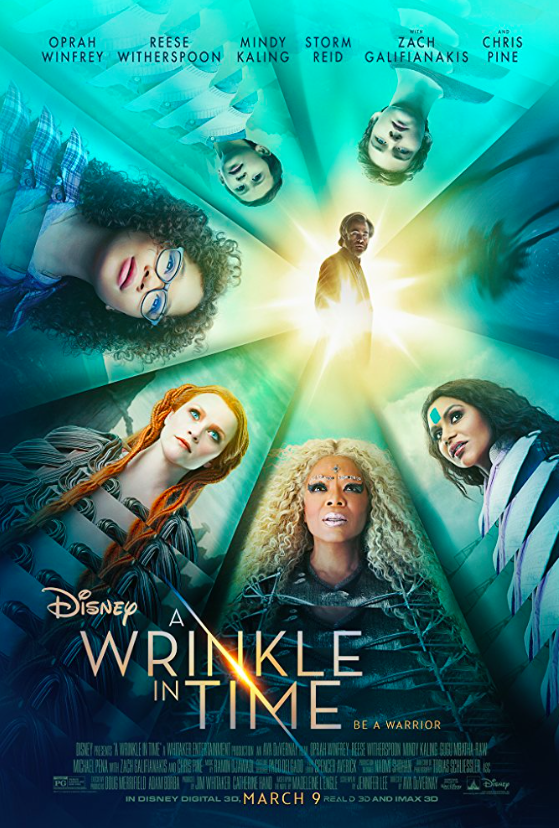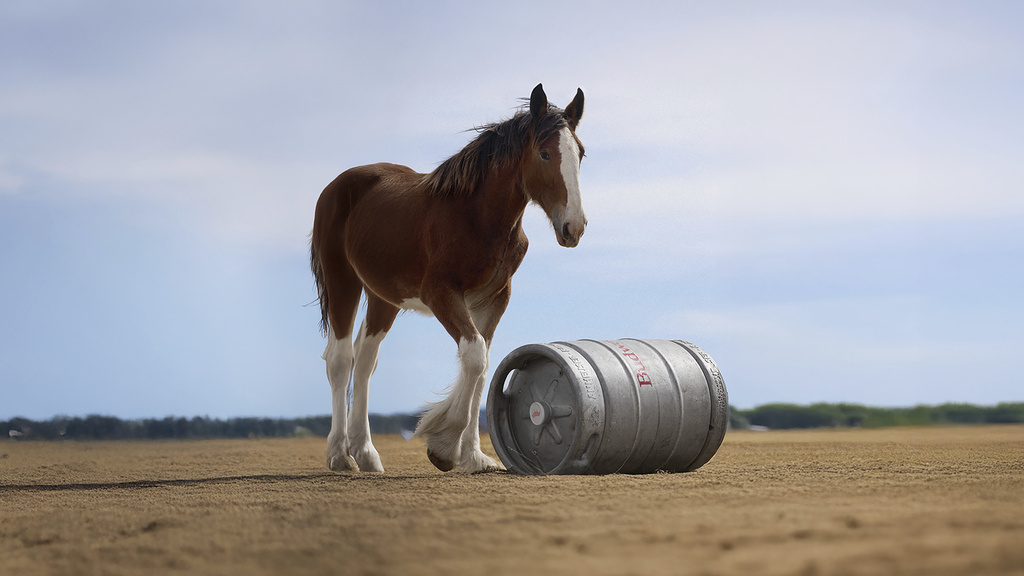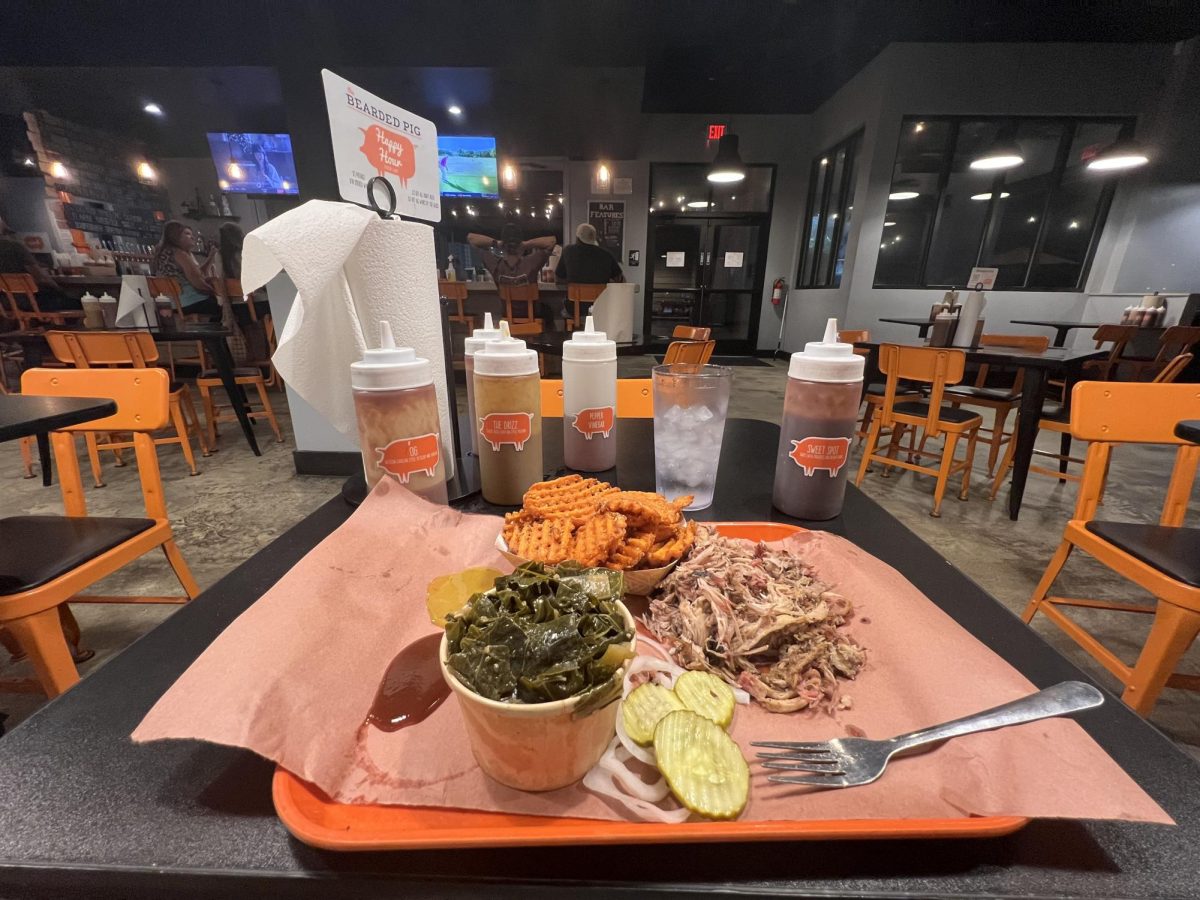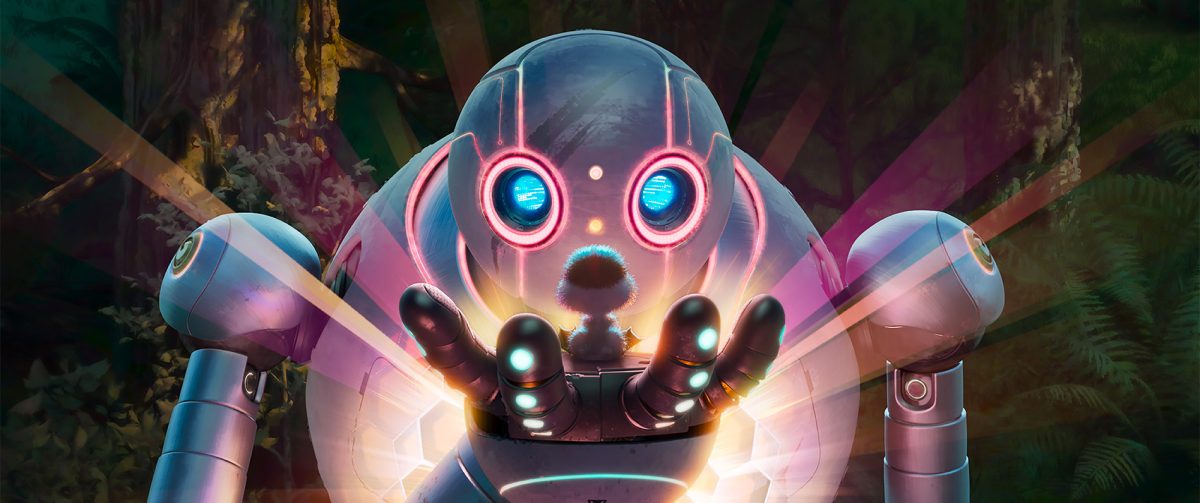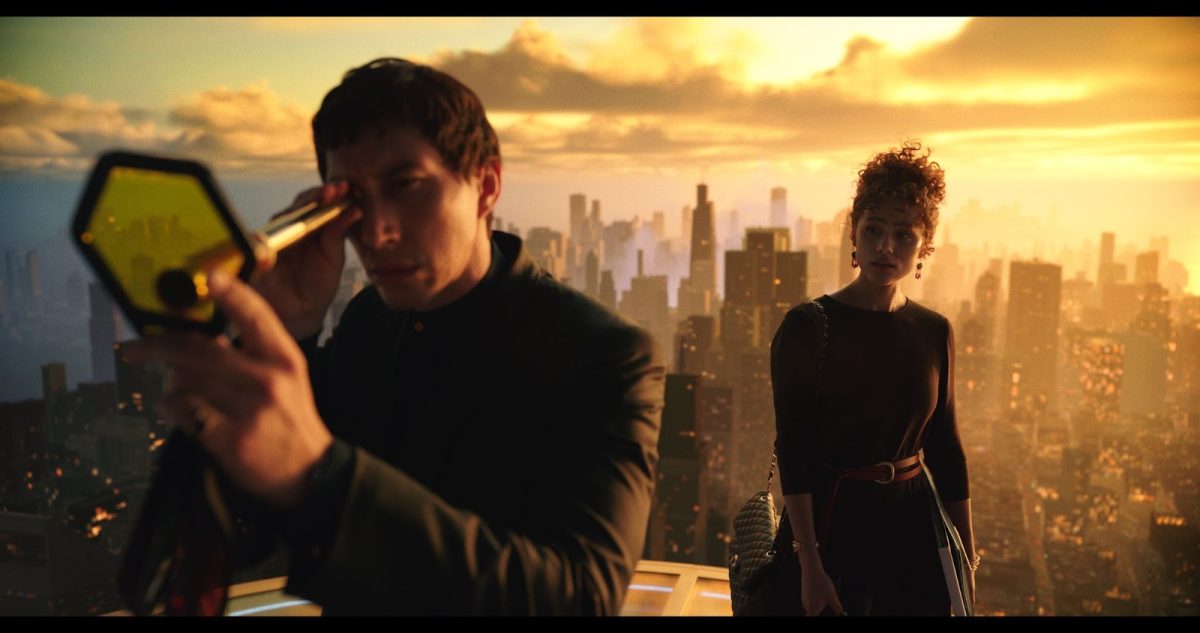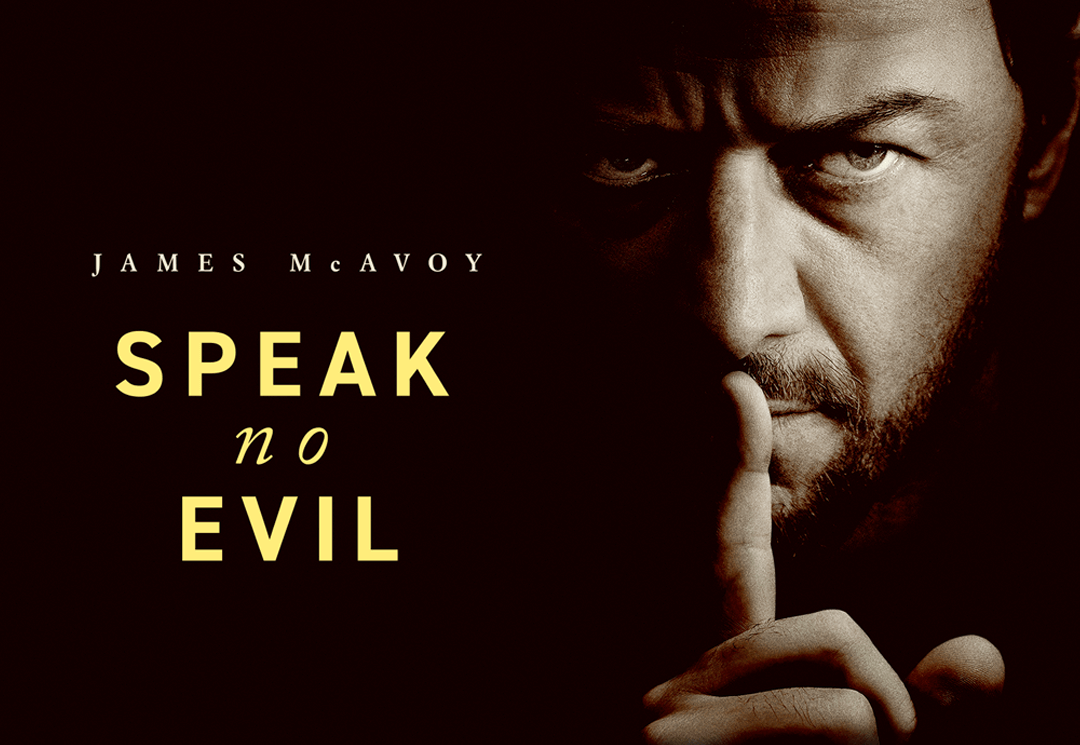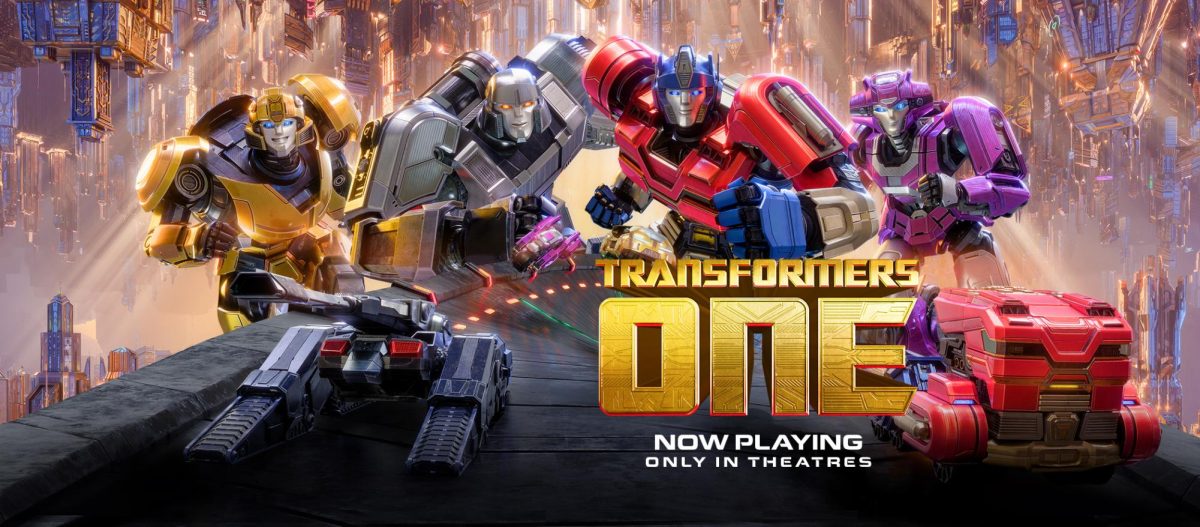There’s a universe where A Wrinkle in Time is the fantastical, awe-inspiring, and polished blockbuster many of us were hoping it would be. Unfortunately, we don’t appear to be living in that universe.
Director Ava DuVernay has a distinguished resume so far, having helmed the acclaimed documentary 13th and the Academy-Award-nominated Selma. But this was a big leap for anybody venturing into the blockbuster-filmmaking realm. She, much like the young protagonist, finds herself in an unfamiliar world where the rules of old don’t always apply. But through her struggles, she’s still able to find moments of greatness.
The story centers on Meg Murry (Storm Reid), the daughter of two the world’s most innovative physicists. She’s been trying to process her father’s strange disappearance for four years when, suddenly, she’s introduced to three magical beings—Mrs. Who (Mindy Kaling), Mrs. Whatsit (Reese Witherspoon), and Mrs. Which (Oprah Winfrey). The three are “tesseract” masters, able to accomplish interstellar, interdimensional travel with ease. The Misses use their ability and wisdom to help Meg save her father from the darkness imprisoning him.
The film essentially acts as an elevator, taking us through highs, lows, and occasionally, getting stuck.
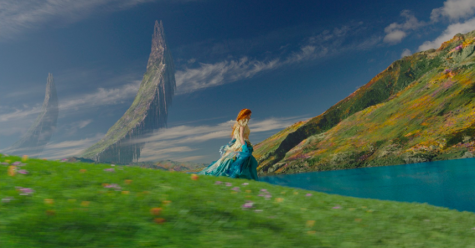
Wrinkle sometimes dazzles with vibrant, colorful beauty. It can also be quite awkward, graphically. At one point, Reese Witherspoon becomes an enormous flying leaf creature that feels a bit too cartoony to jell with the live-action structure. In other moments, our protagonist explores many of the wonders of a new planet while a towering Oprah watches from afar. While intended to convey her commanding knowledge and insight, the effect is unnecessary given Oprah’s ability to transmit that on her own.
A choppy narrative current clashes with some truly stirring sequences. At one point, Mrs. Which allows Meg to see how evil manifests itself on earth. The scene is not only crucial, but it’s also moving and meaningful as Meg begins to understand how fear drives people recklessly into hatred. However, the story is a bumpy ride overall. The climax doesn’t ripple with the intensity that it should, perhaps because what is set up to be the conflict is actually resolved somewhat early on. Along the way, pop tunes are sprinkled in that sometimes enhance the film, and more oftenly debilitate it.
Although DuVernay’s film is assuredly clunky, I can’t bring myself to dislike it entirely. It has a pulse stimulated by a wild imagination and an earnest message. Meg’s understanding of the darkness within herself transcends age groups. While it’s sure to inspire kids, it may also be therapeutic to many others. We all went through a time when we hated something about ourselves, whether it be parts of our appearance, innate pieces of our personality, or both. For some of us, perhaps that time feels like it should have passed long ago, yet it clings to us with unrelenting ferocity—unshakeable despite our best efforts to embrace our flaws. DuVernay, with help from her tremendous lead, demonstrate the understanding that it’s difficult to love ourselves fully, and to do so is one of the most courageous things we can do. That is the heart and soul of A Wrinkle in Time, and it manages to stay intact after the credits have rolled.
Sails: 2.5/5

—
For more information or news tips, or if you see an error in this story or have any compliments or concerns, contact editor@unfspinnaker.com.




